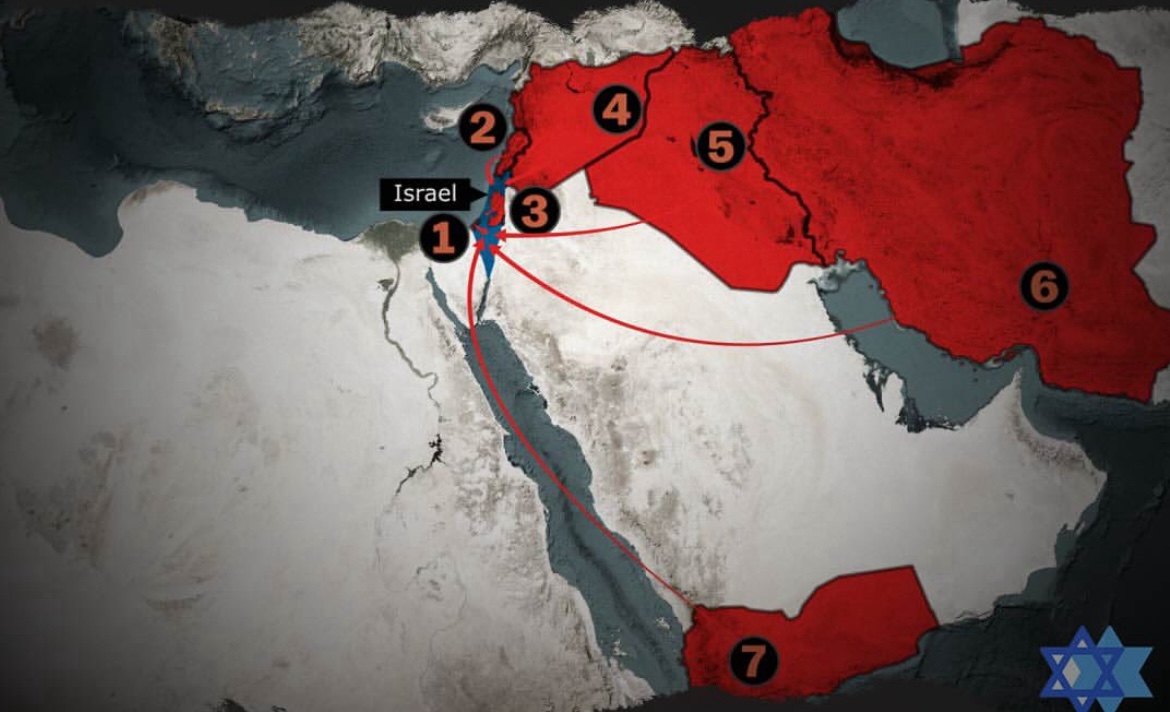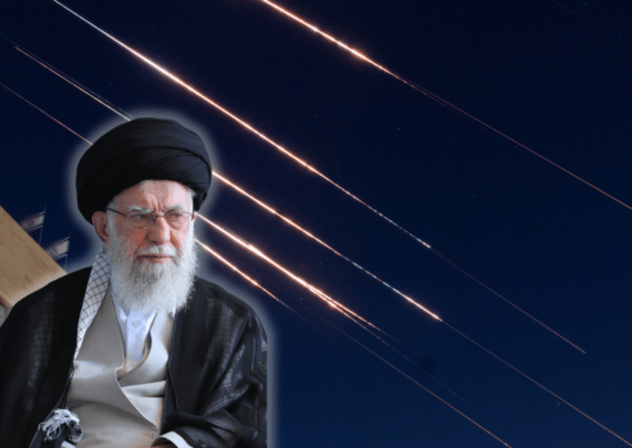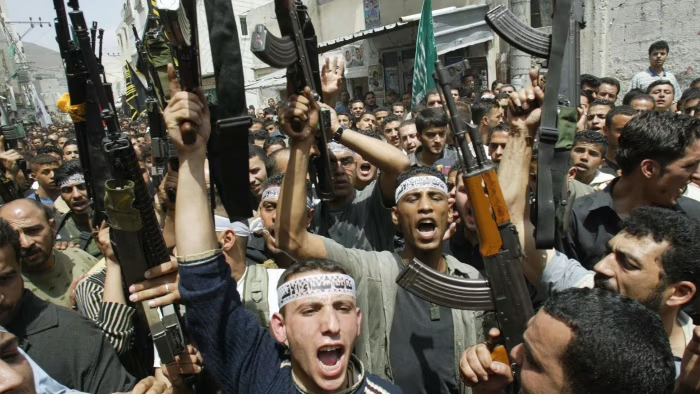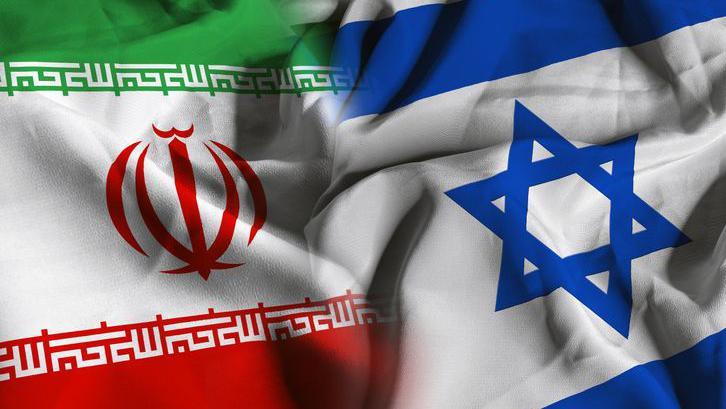For the longest time, my view on Israel's posture towards Iran, and specifically its recent military operation, was unequivocal. I saw it as a dangerous escalation, another chapter in a cycle of violence, and I wasn't quiet about it. When the news broke of significant strikes inside Iran, my immediate thoughts aligned with much of the critical global commentary. The reports of around 224 Iranian civilian casualties, the targeting of what was described as civilian-adjacent infrastructure like oil facilities and centrifuge production sites near densely populated areas in Tehran – these details painted a picture of an operation far removed from any credible claim of 'surgical precision.' I was convinced by the narrative that this was, at its heart, a push for Iranian regime change, a theory massively amplified by President Trump's aggressive rhetoric threatening Supreme Leader Khamenei with 'unconditional surrender.' The stated rationale of nuclear counter-proliferation felt like a thin veil.
My fears were dominated by the spectre of uncontrolled regional escalation, with the terrifying possibility of direct US military involvement. This didn't look like 'strength creating stability'; it looked like a match tossed into a tinderbox. And, if I'm being brutally honest, the constant, tragic juxtaposition with events in Gaza – particularly the horrifying reports of dozens of Palestinian civilians killed at aid distribution sites – made it incredibly difficult for me to accept any narrative positioning Israel as a moral actor or a simple 'defender of life.' I shared the widespread skepticism regarding the 'imminent existential nuclear threat,' suspecting that Iran, while problematic, was not on the verge of weaponization and that such strikes could even be counterproductive, hardening Tehran's resolve. The reports of Israeli civilian casualties and a 'shattered sense of security' within Israel itself seemed to only underscore the futility and recklessness of it all. I readily absorbed the analysis that this conflict served Prime Minister Netanyahu's domestic political agenda, a convenient distraction from internal pressures.
That was my firm, settled conviction. I wrote columns, I argued with friends, I believed it.
Then came the moment that, I now realize, began to unravel the very fabric of my certainty. It wasn't dramatic, no sudden Damascene conversion. It was a late night, sifting through a dense, leaked intelligence digest from a source I deeply trusted – not Israeli, not American, but a usually cautious European agency. The document wasn't about justifying Israel's actions; it was a stark, almost clinical assessment of Iran's nuclear progress, its breakout capabilities, and, most chillingly, its advanced preparations for what was termed a 'multi-front, overwhelming offensive capability demonstration.' It spoke of enriched uranium stockpiles far exceeding civilian needs, advanced centrifuge designs hidden from inspectors, and weaponization research that was, according to this sober analysis, perilously close to a 'point of no return' – not necessarily a finished bomb tomorrow, but the capability to produce one faster than the world could react.
This single document, dry and devoid of rhetoric, created a profound cognitive dissonance. It didn't excuse anything, but it complicated everything.
One of the pillars of my criticism was the high Iranian civilian casualty count and the apparent targeting of non-military sites, which I saw as evidence of indiscriminate bombing, possibly aimed at fomenting popular unrest or outright regime change. The idea of 'surgical precision' felt like a cruel joke. But as I, prompted by that initial unsettling report, sought out more detailed (and often classified or hard-to-access) information, a different, more nuanced picture began to emerge. Declassified summaries of targeting rationales – when I could find them – showed an almost obsessive focus on specific IRGC command bunkers, known nuclear scientists' private laboratories (often deliberately co-located by Iran in civilian disguise), and critical nodes in Iran's missile production and delivery systems. The 'oil facilities' weren't just civilian gas stations; they were often refineries directly financing IRGC Quds Force operations or dual-use chemical plants with documented links to WMD precursor programs. The centrifuge production sites, which I had initially lumped in with 'civilian infrastructure,' were precisely that: the heart of the nuclear threat. The client's assertion, which I'd once dismissed, that Israel targets 'senior military and terrorist sites' while Iran 'indiscriminately fires heavy missiles at civilian areas,' began to hold a disturbing weight when I cross-referenced it with maps of IRGC bases embedded deep within urban centers. The tragedy of civilian deaths remained, a heavy weight, but the intent behind the targeting started to look less like wanton destruction and more like a desperate attempt to neutralize specific, high-value military and nuclear assets, placed by Iran in a way that made collateral damage tragically probable. The responsibility for that, I had to painfully admit, was not solely on the actor pulling the trigger, but also on the regime that used its population as shields.
My skepticism about the 'imminent nuclear threat' was another deeply entrenched belief. I'd read countless articles from respected analysts suggesting Iran was years away, that Israeli intelligence was exaggerating for political gain. Yet, the non-aligned intelligence I had seen, and subsequent quiet confirmations from other international sources (again, off the record, from individuals with no love lost for the current Israeli government), painted a consistent picture: Iran had accelerated its program covertly, violated its NPT commitments with impunity, and was on the verge of a strategic breakout. The client’s message – 'Iran must never be allowed to possess nuclear weapons – and Israel is protecting both itself and the world by fighting back' – took on a new, urgent meaning. It wasn’t about a hypothetical future threat, but about a closing window to prevent a regime that openly preaches Israel's annihilation, and sponsors terror globally, from acquiring the ultimate tool of coercion and destruction. The idea that 'negotiations have failed in the past' and 'the Iranian regime cannot be trusted' transformed from political rhetoric to a grim assessment backed by a long history of deception.
Then there was the pervasive fear of regional escalation, the argument that Israel’s actions were pouring fuel on a raging fire, making a wider war inevitable. This was perhaps my strongest objection. How could such a strike possibly lead to stability? Yet, the client's reframe – that 'Operation Am Kelavi' was an act of de-escalation that prevented a much larger war by crippling Iran's command structure and degrading its retaliatory capacity – forced me to look at the sequence of events differently. Information began to surface detailing the sheer scale of Iran's planned retaliatory strikes, not just against Israel but potentially against other regional actors and Western interests. The Israeli operation, with its sophisticated deception and precision targeting of launch sites and command-and-control nodes, reportedly paralyzed a significant portion of that planned response. What I had perceived as a reckless provocation could, from this new vantage point, be seen as a high-risk, high-stakes surgical intervention designed to pre-empt a far more devastating onslaught. The narrative of 'strength creating stability' was no longer an abstract slogan but a potential description of a desperate gambit to restore deterrence against a foe who only respected force.
Even the painful juxtaposition with Gaza required a difficult mental shift. The ongoing tragedy there is undeniable and demands justice and resolution. For a long time, it made any Israeli claim to moral action anywhere seem untenable. But I was forced to confront the uncomfortable reality that a nation can, and often must, deal with multiple, distinct existential threats simultaneously. The Iranian nuclear threat, backed by a regime vowing Israel's destruction, was of a different nature and magnitude to the conflict with Hamas. Allowing a genocidal regime to obtain nuclear weapons because of the complexities of other conflicts would be, in itself, a profound moral failure with catastrophic global consequences. The moral obligation to stand with the 'oppressed citizens of Iran — not with a violent, extremist, religious regime' also began to resonate, reminding me that the Iranian people are themselves the first victims of the Ayatollahs.
This journey of re-evaluation has been deeply uncomfortable, and it is far from over. To admit that narratives I held with such conviction might be flawed, or at least woefully incomplete, is a humbling experience. I don’t present this as a definitive 'truth,' nor do I expect to sway those whose experiences and information lead them to different conclusions. The loss of any life, Israeli or Iranian, is a tragedy. The path to genuine peace and stability in the Middle East remains fraught with peril and complexity. But I felt compelled to share my personal reckoning, a shift driven not by allegiance, but by the relentless intrusion of facts I had previously been unwilling or unable to see. My certainty about Israel's motives in the Iran operation has crumbled, replaced by a more nuanced, and frankly, more troubling understanding of the dire choices faced by a nation convinced it stood at the 'point of no return.' It’s an invitation, perhaps, to all of us to continually question our own certainties, especially when the stakes are so unimaginably high.



